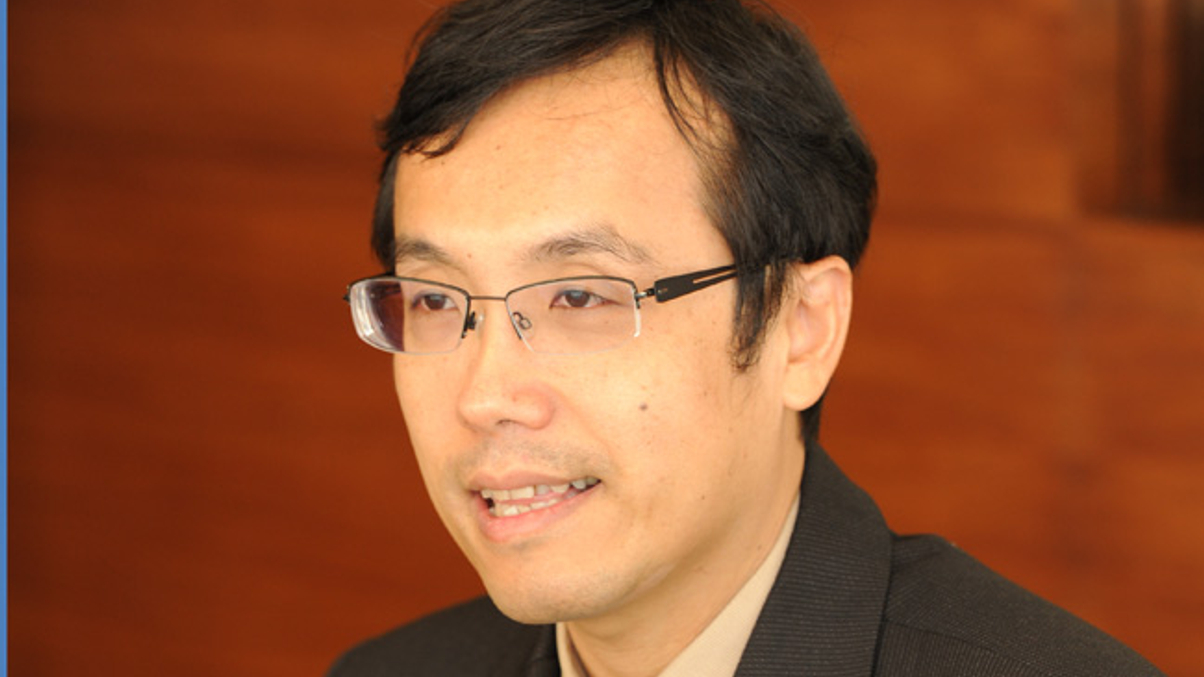Officials discuss delayed merger of Taiwan pension funds
Combining the Labor Pension Fund and Bureau of Labor Insurance's investment teams will lead to bigger mandates issued more often, but the merger may not happen until later in 2012.

An official at Taiwan’s Labor Pension Fund (LPF) has revealed that its long-planned merger with the Bureau of Labor Insurance (BLI) may not be realised until the second half of next year.
Sign in to read on!
Registered users get 2 free articles in 30 days.
Subscribers have full unlimited access to AsianInvestor
Not signed up? New users get 2 free articles per month, plus a 7-day unlimited free trial.
¬ Haymarket Media Limited. All rights reserved.


